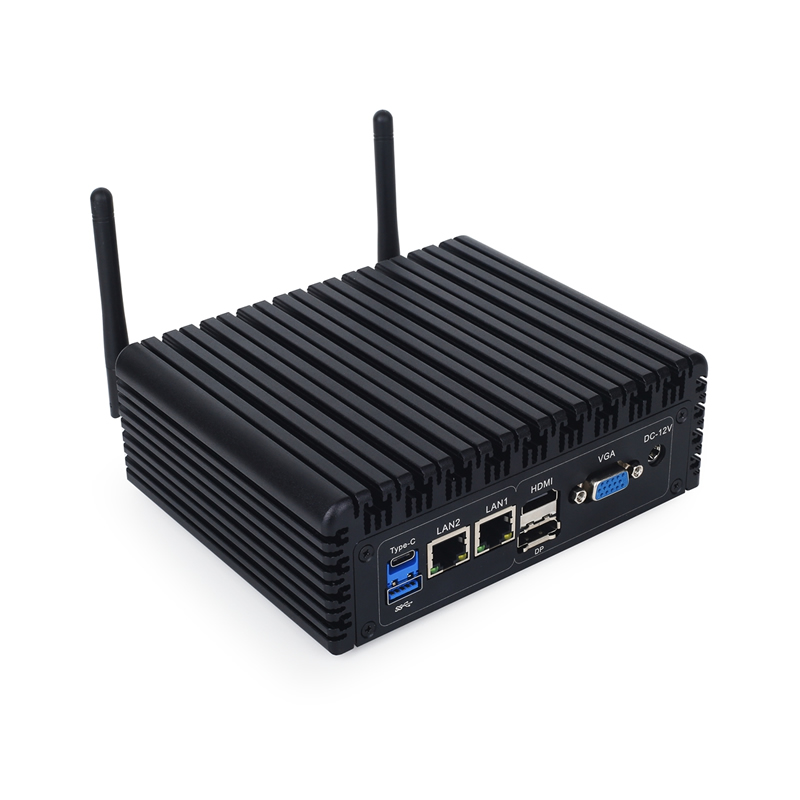Part 1
The potential of big data for businesses is limitless. Companies may enhance their goods, provide clients with more individualized services, improve performance, security, conversion rate, revenue, and pretty much every other company measure that has room for expansion based on data insights. In this article, we will review a few of the major data visualization techniques to have a context of data visualisation in a better way. So, let’s get started.
Word Cloud (Network diagram)
A word cloud, also known as a tag cloud, is a graphic representation of text data in which the size of each word corresponds to its frequency. A word size increases in the display in proportion to how frequently it appears in a dataset. In addition to size, words that are used frequently could also be bolder or have a particular colour scheme. Word clouds are frequently used on websites and blogs to examine discrepancies in textual data between two sources and find important keywords. They are helpful when examining qualitative datasets, such as the precise words customers used to describe a product.
Tree Maps
The treemap serves as a visual representation made up of interconnected rectangles. These rectangles are organised into a hierarchy, or a “tree,” and stand in for particular categories within the chosen dimension. Within the confines of a little chart, quantities and patterns may be contrasted and shown. Treemaps show relationships from a component to the total.
Charts
-
- Pie charts:- One of the most popular and fundamental methods of data visualisation, pie charts are utilised in a variety of applications. Pie charts are excellent for demonstrating proportions or part-to-whole comparisons.
-
- Bar chart:- The basic bar chart, often known as a bar graph, is another popular and simple technique of data display. The categories being compared are shown on one axis of the chart, while the measured value is shown on the other. The length of the bar represents how each group performs in relation to the value.
-
- Line charts:- It is used to demonstrate the interaction of one variable’s dependency on another, such as if you want to represent data over very long time spans or continually changing data, a line graph might be a good alternative to consider.
-
- Scatter chart:- A scatter chart version known as a bubble chart substitutes bubbles for the data points. Additionally, a larger percentage of the data is depicted in the size of the bubbles. This graph may be used to look for trends or relationships.
Conclusion
To evaluate the vast volumes of data and make data-driven choices, data visualisation tools and techniques are necessary. The rest of the data visualisation techniques will be covered in our next blog, so stay tuned! For more information, contact our team of experts at Princeton IT Services.
Part 2
Data visualisation is a potent method for data exploration that produces findings that are both comprehensible and presentable.
Heat Map
A heatmap represents the data using a fundamentally different notion. It is a graphical representation of data where different colours are used to represent various values. The viewers can comprehend the pattern more immediately due to the variation in colour representation.
Heat maps are mostly used to visualise correlation tables and to highlight absent information in the data.
Histogram
A histogram is a graph that shows numerical data in ranges, with each bar denoting the frequency with which values fall inside a given range.
Histograms are made up of a sequence of vertical bars along the x-axis, much like a bar chart. Most frequently, histograms are used to show how a set of data appears when taken as a whole. Histograms quickly reveal whether a dataset’s values are more widely dispersed or are concentrated around a limited number of ranges.
Box plots
You may look at how the data is distributed using a box plot visualisation. For each attribute element, a box plot is displayed. A box plot shows the lowest, first quartile, median, third quartile, and maximum values for each variable. The mean and standard deviation can also be shown as dashed lines. In the picture, outliers are represented as points. To prevent overlap, you might change the jitter—the distance between the points. One measure and one attribute, both need to be present in a box plot.
Conclusion
It takes more than just selecting the appropriate visualisation tool to create successful data visualisation. Before displaying your data, there are several things that must be in order. Understanding your audience and making sure there are no unneeded distractions when viewing the data are the first two steps. Today’s enterprises rely heavily on data, thus it is imperative that you use them. If you still have any queries about data visualisation, feel free to contact us at PIT.


